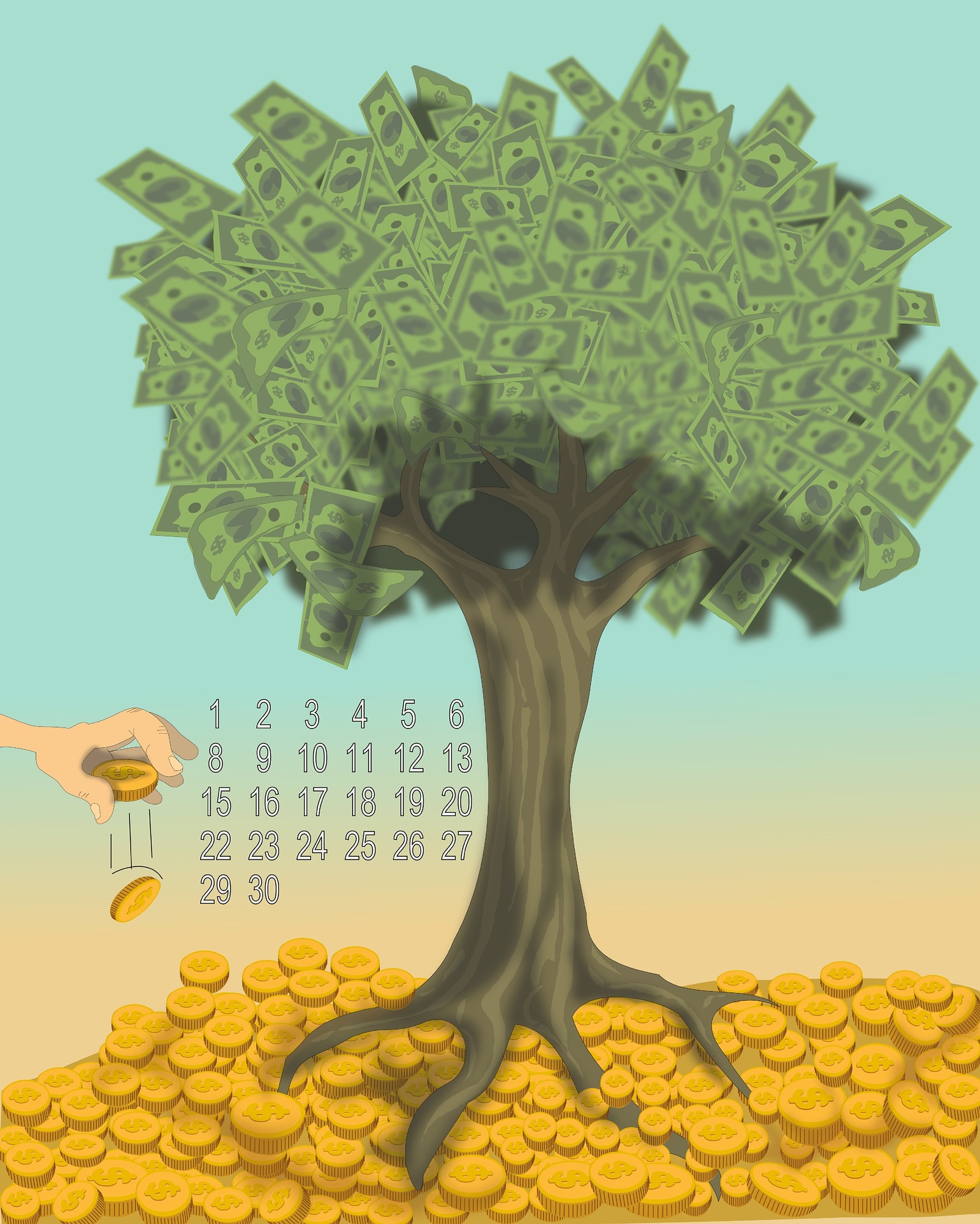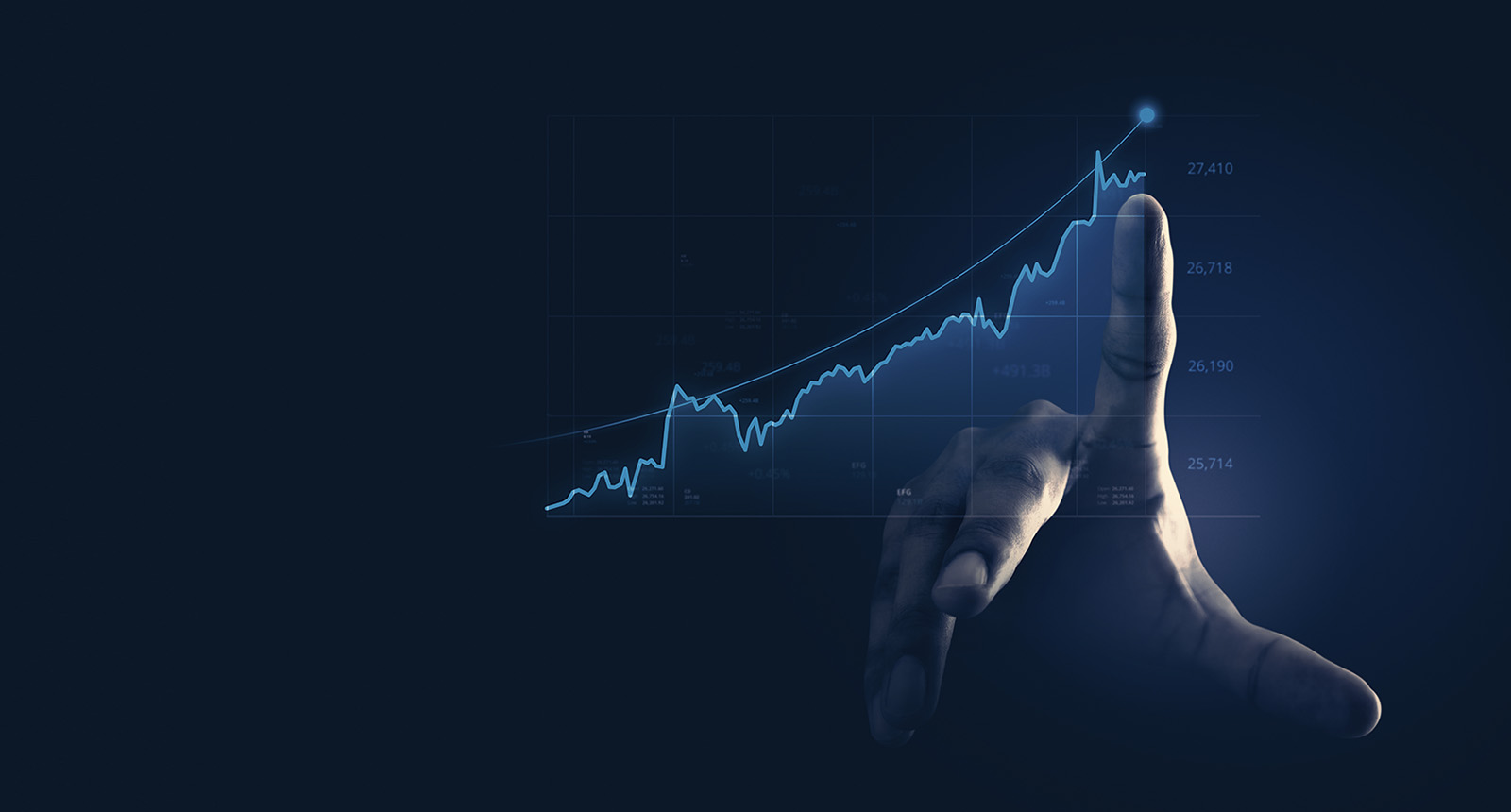As the world grapples with climate change and its devastating consequences, the need for sustainable finance solutions has never been greater.
The transition to a low-carbon economy requires significant investment in clean technologies, green infrastructure, and environmentally responsible practices.
We will analyze how structured products and certificates can be used to finance sustainable projects and explore their potential to drive the transition to a low-carbon economy.

Structured products and certificates, as innovative financial instruments, can play a crucial role in mobilizing capital for sustainable projects and supporting the global push towards a greener future.
Structured products are customizable financial instruments that derive their value from one or more underlying assets, such as equities, bonds, commodities, or indices. They offer investors a tailored exposure to a specific asset class, theme, or strategy and can provide attractive risk-reward profiles, capital protection, and potential for enhanced returns.
Certificates, on the other hand, are debt securities issued by financial institutions that provide investors with exposure to an underlying asset or index. They can offer a range of features, such as participation in the performance of the underlying asset, capital protection, and predefined income streams.
Sustainable Finance: A Growing Market
Sustainable finance refers to the integration of environmental, social, and governance (ESG) factors into investment decisions, aiming to promote long-term value creation and address global challenges like climate change, social inequality, and resource scarcity.
The market for sustainable finance has experienced rapid growth in recent years, with increasing demand for green bonds, sustainable loans, and ESG-focused investment products.
Using Structured Products and Certificates for Sustainable Finance
Structured products and certificates can be utilized in various ways to finance sustainable projects and support the transition to a low-carbon economy.
Some examples include:
- Green Bonds and Environmental Impact Certificates
Green bonds are debt securities issued to finance environmentally friendly projects, such as renewable energy generation, green transportation, and sustainable agriculture.
Structured products linked to green bonds can offer investors exposure to the performance of these bonds, while environmental impact certificates can provide a predefined income stream based on the environmental benefits generated by the underlying projects.
Example: A structured product linked to a basket of green bonds issued by renewable energy companies could offer investors exposure to the growth of the clean energy sector and potential for enhanced returns.
- ESG-Linked Structured Products and Certificates
Structured products and certificates can be linked to ESG-focused indices, providing investors with exposure to companies that demonstrate strong ESG performance. By investing in these instruments, investors can support companies committed to sustainability and encourage responsible corporate behavior.
Example: An equity-linked certificate tied to the MSCI World ESG Leaders Index could offer investors exposure to a diversified basket of global companies with strong ESG performance, helping to drive capital towards more sustainable businesses.
- Climate Transition Structured Products
Climate transition structured products can be designed to support the shift to a low-carbon economy by allocating capital to projects and companies that contribute to reducing greenhouse gas emissions and promoting clean technologies. These products can offer investors the potential for attractive returns while making a positive environmental impact.
Example: A commodity-linked structured product tied to the performance of low-carbon metals, such as aluminum produced using renewable energy sources, could provide investors with exposure to the growth of the green metals market and support the adoption of cleaner production methods.
- Impact Investing Structured Products
Impact investing structured products aim to generate measurable social or environmental benefits alongside financial returns. By linking the performance of these products to specific impact metrics, such as carbon emission reductions, investors can align their investments with their sustainability goals and drive positive change.
Example: A structured product linked to a portfolio of companies involved in clean technology and social impact projects could offer investors exposure to the growth of these sectors while generating measurable environmental and social benefits.
- Green Infrastructure and Renewable Energy Certificates
Green infrastructure certificates can provide investors with exposure to sustainable infrastructure projects, such as clean energy generation, energy-efficient buildings, and sustainable transportation systems. Renewable energy certificates (RECs) represent the environmental attributes of electricity generated from renewable sources and can be used by investors to support the development of clean energy projects.
Example: A structured product linked to a basket of green infrastructure projects, such as wind farms and solar power plants, could offer investors the potential for attractive returns while contributing to the growth of clean energy infrastructure.
Challenges and Opportunities
While structured products and certificates can play a significant role in sustainable finance, there are challenges to overcome.
Some of these challenges include:
- Complexity: Structured products and certificates can be complex, and retail investors may find it difficult to understand the underlying mechanisms and potential risks fully.
- Transparency and Standardization: Ensuring transparency in the underlying assets and standardizing the definition of “sustainable” investments are crucial for the growth of sustainable structured products and certificates.
- Regulatory Framework: Developing a comprehensive regulatory framework for sustainable finance, including the incorporation of ESG factors in structured products and certificates, is essential for the market’s long-term success.
Despite these challenges, structured products and certificates offer significant opportunities for sustainable finance:
- Customization: Structured products can be tailored to suit investors’ risk tolerance, investment objectives, and sustainability goals, offering a high level of customization and flexibility.
- Diversification: Structured products and certificates can provide investors with exposure to a wide range of sustainable projects and sectors, promoting diversification and reducing overall portfolio risk.
- Market Growth: As the demand for sustainable finance continues to grow, structured products and certificates can play a critical role in unlocking capital for sustainable projects and supporting the transition to a low-carbon economy.
Structured products and certificates hold immense potential to contribute to the growth of sustainable finance and support the global transition to a low-carbon economy.
By providing investors with customized exposure to sustainable projects and sectors, these innovative financial instruments can drive capital towards environmentally responsible practices and help address the pressing challenges of climate change.
As the market for sustainable finance continues to expand, structured products and certificates are poised to play an increasingly important role in promoting a greener, more sustainable future.
Get Started with YiELDEN




